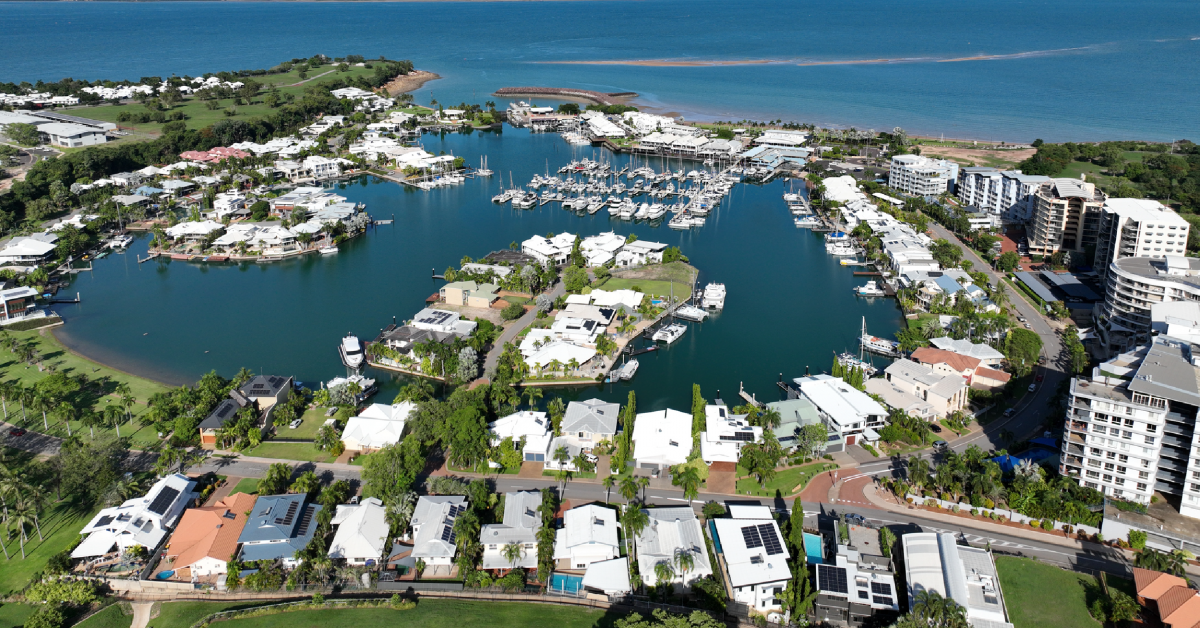The Reserve Bank of Australia today announced it will hold the cash rate at 4.35%. This follows ANZ revising its estimates for when the RBA will begin cutting the cash rate, adjusting its prediction from November 2024 to February 2025. CBA and Westpac still expect a rate cut in November 2024 and NAB continues to predict a December 2024 cut.
Despite the uncertainty around when the cash rate may begin to decrease, or even if it will go up first, the property market shows no sign of cooling off. CoreLogic estimates over 505,000 homes were sold nationally by May, up 7.3% from the same time period the year prior.
When we look at owner occupiers, 36.7% are first-home buyers, up 1.5% over the year. This is also up compared to March 2020 (pre-pandemic) where first-home buyers made up 31.8% of all owner occupier commitments.
This data is promising, showing that Australians are entering the property market despite the tougher conditions.
First-home buyers: today vs pre-pandemic
Loan Market data shows the average home loan for a first-home buyer over the year to end of May 2024 ws just over $511k. This is nearly $75,000 more than the same time period to May 2020 when the average loan size was under $440k.
But how does this pan out?
For a start, the average deposit has increased to $83,837, up from $71,815. That’s an additional $12k to save. If they need to pay lenders mortgage insurance (LMI), on average this is costing first-home buyers over $11k, up from just over $6.5k pre-pandemic.
Average interest rates at the start of 2020 were 3.6%p.a.. Based on the average loan amount paying principal and interest on a 25-year loan, a first-home buyer pre-pandemic was paying $2,213 per month. Today’s average interest rate is 6.4%p.a., meaning the average first-home buyer is now paying $3,420 per month – a difference of $1,207 per month.
Tips to get into the market as a first-home buyer
We know it isn’t always easy to save a deposit for a home, and the size of the deposit needed has only grown over the years. However, there are ways you may be able to get into the market sooner as a first-home buyer.
First Home Guarantee Scheme: The federal government offers a guarantee scheme that enables eligible first-home buyers to purchase property with as little as a 5% deposit (the government guarantees the remainder of the loan) without having to pay LMI.
Guarantor: If a relative owns security (such as a house) they may be willing to guarantee your loan. This means you could purchase a home without saving a 20% deposit and avoid paying LMI. Your guarantor is responsible for paying back the loan if you no longer can, so there is some risk involved for them.
Cash gifts: Some first-home buyers are fortunate to be gifted money from parents or guardians, rather than opting for a guarantor route. The lender will still want to see you have the ability to save money, but an additional injection is usually accepted in the deposit amount.
Pay LMI: In some circumstances, it can be worthwhile paying for LMI to get into the property market sooner rather than waiting for a larger deposit to be saved – particularly in a fast-growing market. This isn’t for everyone, but can be worth consideration and discussion.
First-Home Super Saver Scheme: The federal government allows eligible prospective first-home buyers to make additional contributions to their super to then withdraw (plus associated earnings) to help form their deposit. There are eligibility criteria, so it is a good idea to speak to your accountant.
Regardless of where you are in your journey – it is a good idea to speak to your broker. They can have a look at your circumstances to work out a plan to help you achieve your goal.







